We could resist to share these as some are really good we think. All utility boxes should come with some artwork.
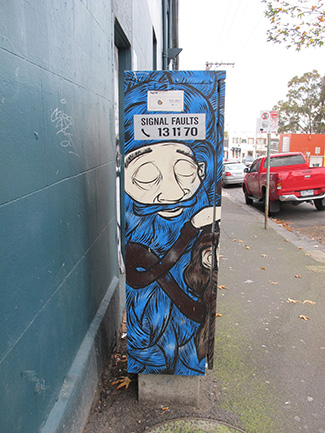
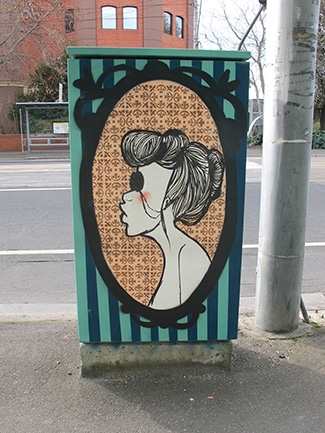
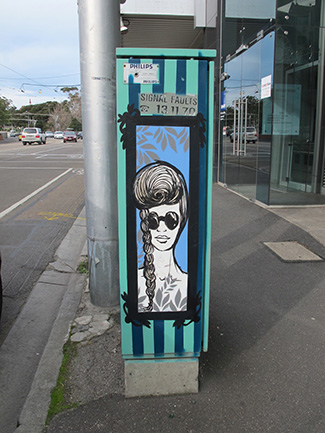
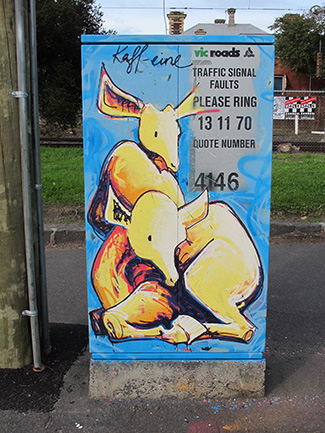
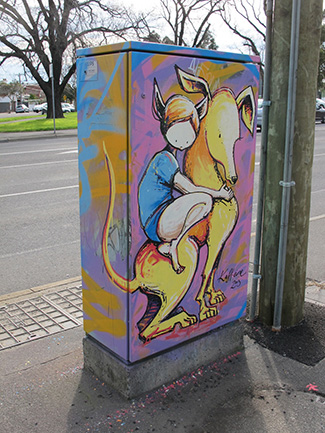
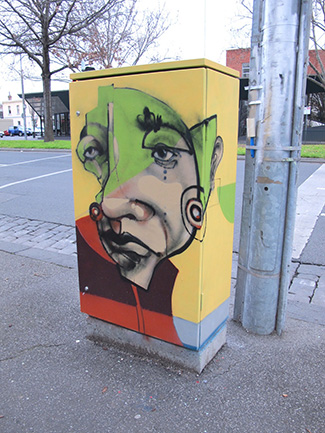
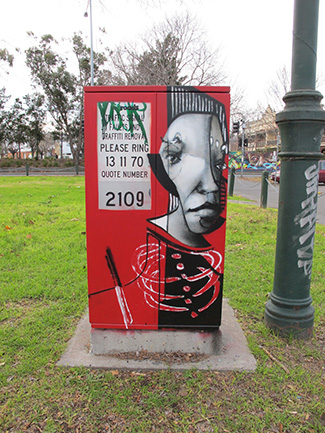
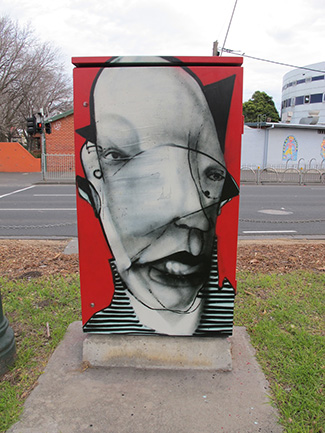
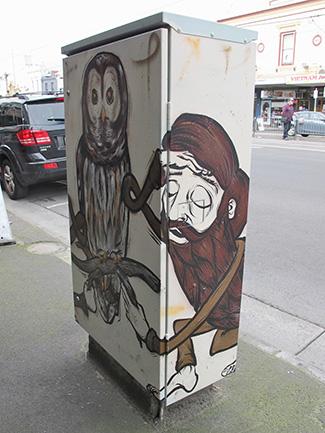
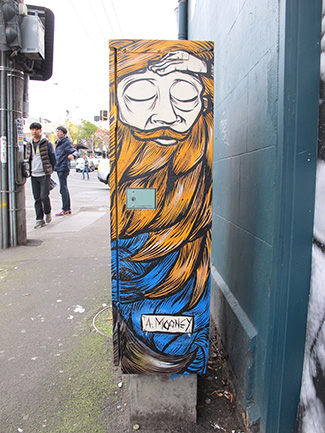
First seen on Land of sunshine
We could resist to share these as some are really good we think. All utility boxes should come with some artwork.










First seen on Land of sunshine
Jester Jacques – First of all, how did your interest in art making come about? Were there any specific events or influences in your childhood which swayed you to be more creative?
Novemto Komo – I have always been doodling since I was kid, on the wall of my parent’s room and my room; also sticking stickers I got on the doors all around the house.
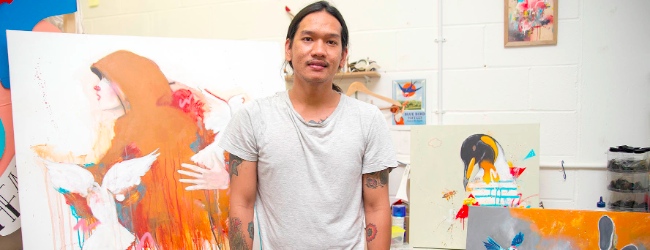
I remember when I was in kindergarten and elementary schools, almost every weekend my parents took me to “Ancol art market” to see paintings, sculptures and crafts by local artists. We got our family portrait from one of the artist there using paper cut, and when my sister and brother were born, we also get their portrait done by the same artist. I also participated a lot in kids drawing competition and some of them came out top 3.
I also remember saw a painting by Ford Madox Brown, titled “Take Your Son, Sir!” in a book and I was finally able to see it in real a year ago in Tate Britain.
JJ – You were born in Indonesia. Does any of the culture seep into your work, even though you live in the UK?
NK – It does influence me a lot. There is so many social issues going on in Indonesia that kind of influence my way of thinking when developing the idea.
Also, the diversity of animals in Indonesia can be seen on most of my artwork lately. A lot of animals in Indonesia are very rare now and a lot are in risk of extinct.
JJ – Where did you study Fine Art and do you think it helped in your career as a visual artist? In what ways?
NK – I never studied Fine Art, I was trained as multimedia designer which lead to my first job as a junior flash developer. Then as time went on, I got more jobs doing illustration which carried me into doing more hand drawing/illustration. I got more into painting when I took my master in graphic design in 2010 at Newcastle where I had a lot of spare time to practice and develop my skills.
JJ – What is your fascination with animals? And anthropomorphising them?
NK- I started using animal a lot in my artworks as they are part of our life. They are also very attractive subjects because they are beautiful. I believe every human has their wild side which I interpret through animals.
I also want to bring awareness to people about animal extinction, especially caused by poachers and hunter. I’ve followed and joined a hunter online forum and feel sad every time I see them posted photos of animal they killed proudly.
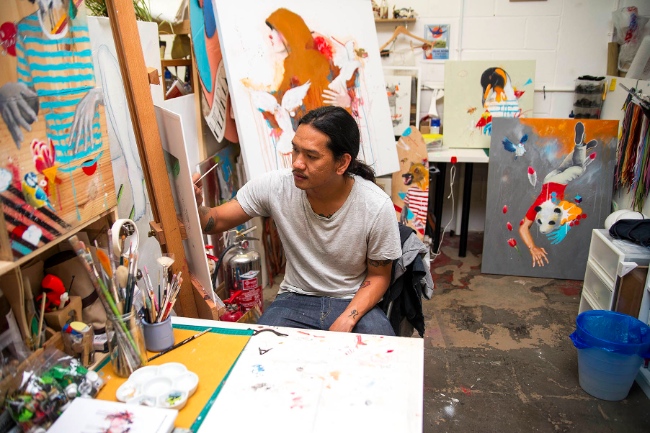
JJ – How do you get inspired?
NK – I get inspired from many things; news, people around me and their relationship towards each other. A lot of time I got inspiration by talking with strangers or random people. I visit Stolen Space Gallery a lot and Signal Gallery. I guess I get a lot of inspiration from street art around the world and there are so much of it in London created by international artists. To name a few, Faith47, Remi Rough, and Anthony Lister.
JJ – In your painting ‘Worst thing of Screaming,’ there is a feeling of pop art in there; the Lichtenstein type of shapes. Tell us more about that particular painting, as it stands out to me in your most recent body of paintings.
NK – The starting point of that painting was based on an idea of relationships. There are many situations where no one listens to you even when you scream out loud and sometimes it make you scream even louder, which end up make you feel like a freak show.
JJ – You do commercial work as an illustrator. What do you enjoy doing more – that, or your personal work? Is there an overlap in ideas and style, or do you try and keep them separated?
NK – I always try to separate the idea and style between them, but I have to admit sometimes there’s a mix in some of them.
JJ – Your work has a collage feel to it. How do you begin a new piece? Do you actually cut and paste, or just play with objects and figures as you go along?
NK – I never thought my work has a collage feel but I heard some people said that they thought my work was a collage, especially “escape the game.” I guess I just play with objects, figures and imaginations to visualise my idea into a painting. Many times when I’m in the middle of painting, I come out with some graphic elements that I can incorporate with and I just play around with it.
JJ – Do you have any exhibitions or projects/events coming up which we should look out for?
NK – The exhibition that I confirm at the moment is in December but I am doing another live art on the Tuesday the 24th this month during Jam Sandwich at The Russet Cafe. It is a monthly music event which I paint live depending on that night performers.
JJ – Finally, what piece of advice would you give young artists who want to pursue visual/fine arts?
NK – If you’re happy doing it, keep doing it as you never know what might happen.
Related links
Artist Website: http://novemtokomo.com
Jester Jacques Website: http://www.jesterjacquesgallery.co.uk
Now its in third edition, a bunch of international artists took on a few block in Astoria, Queens, New-York for Ad Hoc Art’s Welling Court Mural Project and have produced a series of varied and eye-catching graffiti/pieces of street art.
The project aims at mashing up art, music and community and celebrate talents wherever they come from. Read more about the project from the Ad Hoc Art website. We have included a few shots of the artworks that was produced for the occasion.
Pictures taken from artinfo.com
Some of the featured artists include : Olek | Score | High 149 | Chris Stain | Mode | Queen Andrea | Wane | M-City | 01 | Jaz | Sinned | Veng | Chris RWK | Gilf
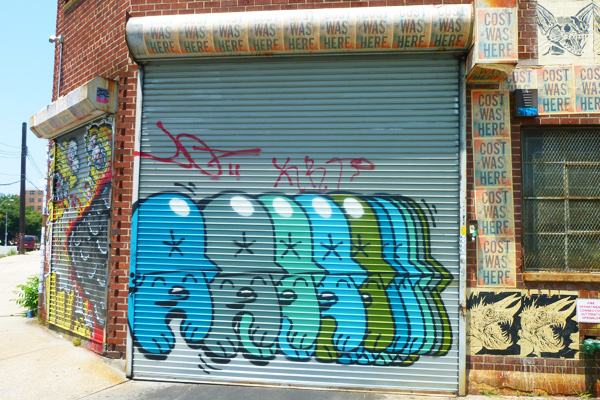
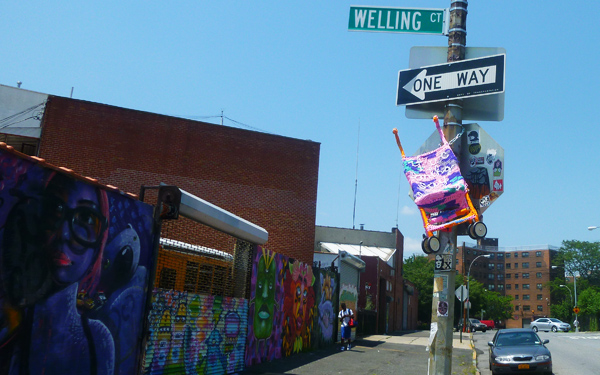
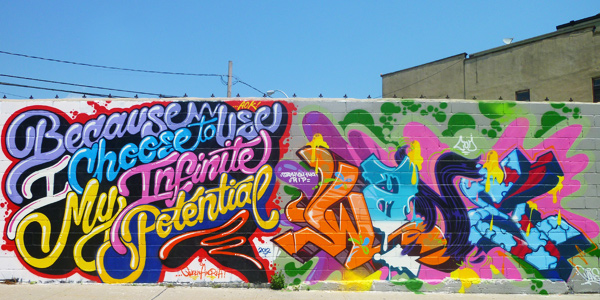
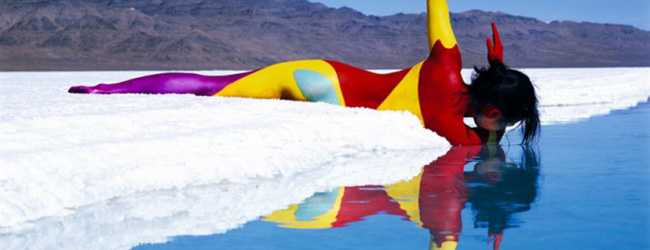
When I first saw these pictures by photographer Jean-Paul Bourdier, I was completely amazed by the clever compositions and juxtapositions and even more by the colours which shine in front of your eyes.
My immediate second thought was that these must be digitally manipulated but I was glad to find out that they do not appear to be, the models used here would get body painted.
What a superb piece of body art mixed with photography these are.
All the pics below were taken in the deserts of West America with an analog camera. You can find more of these body paintings photography in his book entitled Bodyscapes
Jean Paul Bourdier is the author of Leap Into The Blue, Bodyscapes (introduction and dvd by Trinh T. Minh-ha), co-author with Trinh Minh-ha of Vernacular Architecture of West Africa, Habiter un monde, African Spaces and Drawn from African Dwellings. Production designer of seven films and co-director of two films directed by Trinh T. Minh-ha.
Awards include Guggenheim, American Council of Learned Societies, NEA, Graham, UC President’s Humanities, and Getty. Professor of design, drawing and photography in the department of architecture at UC Berkeley.
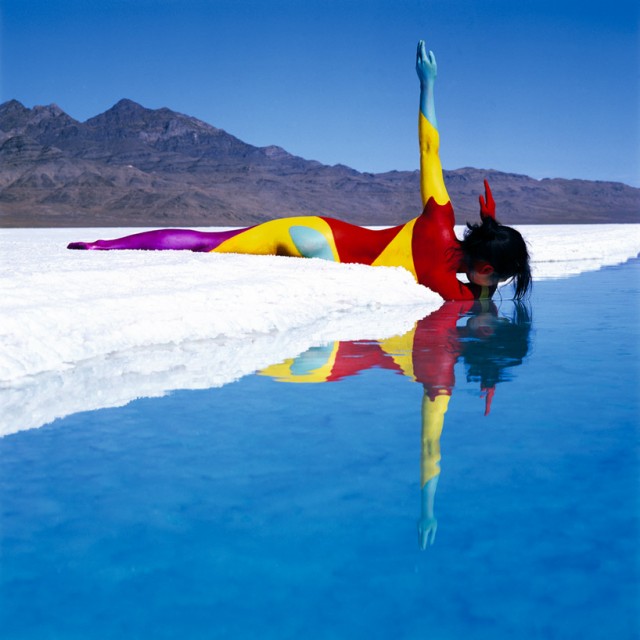
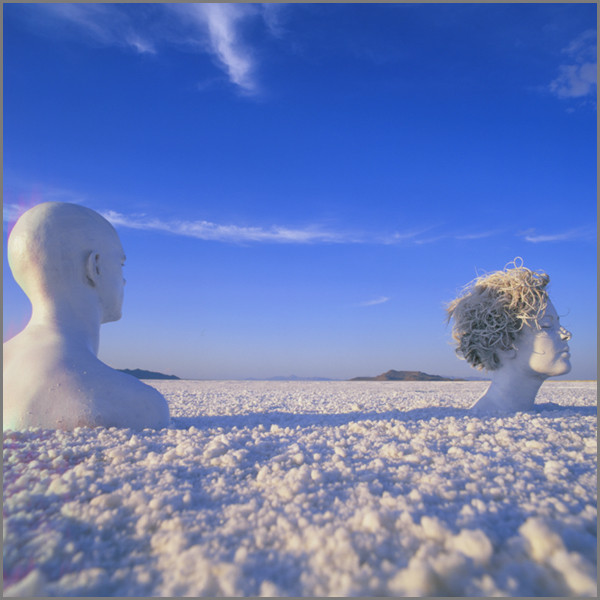
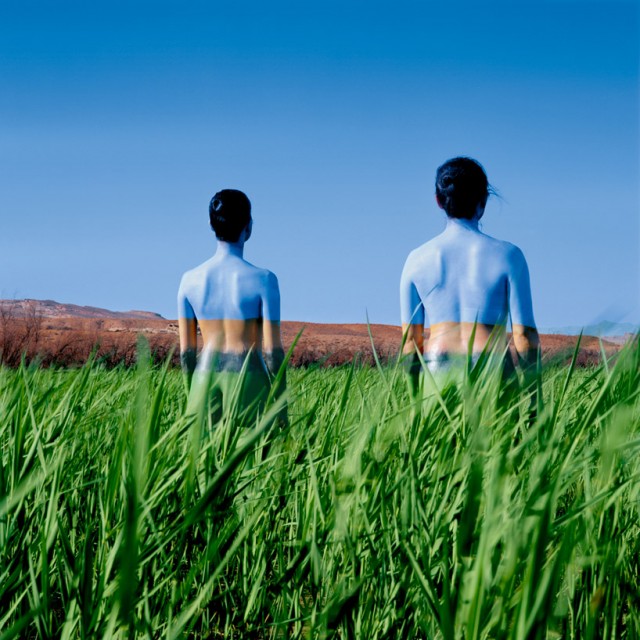
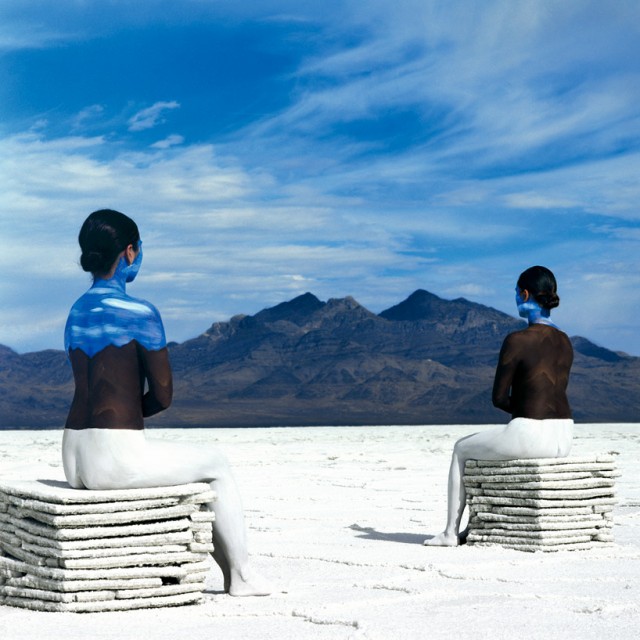
 Street sculptor and photographer, Slinkachu has been busy putting together his new show, Global Model Village, which opens September 27th at Andipa Gallery in London. It will feature a mix of installations placed in different cities around the world over the past couple of years.
Street sculptor and photographer, Slinkachu has been busy putting together his new show, Global Model Village, which opens September 27th at Andipa Gallery in London. It will feature a mix of installations placed in different cities around the world over the past couple of years.
But that is not all since the show coincides with the launch of his new book also called – incidentally also called Global Model Village which collects together 50 different installations left in cities such as New York, Moscow, Cape Town, Paris, Beijing, Hong Kong and of course London.
Slinkachu followers will have seen most of the images but it is worth noticing that the sets of photographs from his last show at Fame Festival in Italy and from his solo show last year in Germany may be less familiar so get preordering the UK version, or see the Slinkachu website for other countries
Global Model Village opens on the 27th September 2012 at Andipa Gallery, London
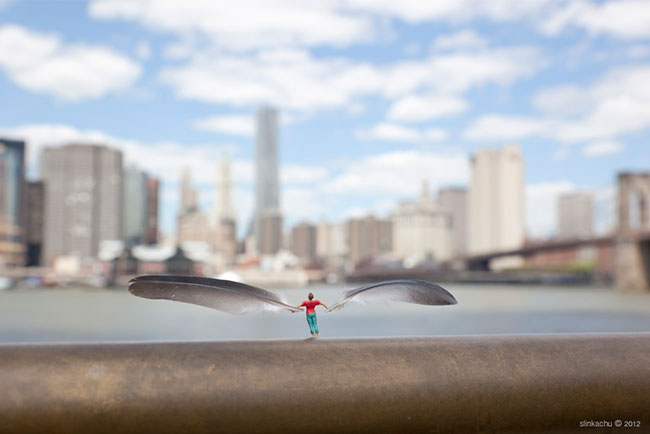
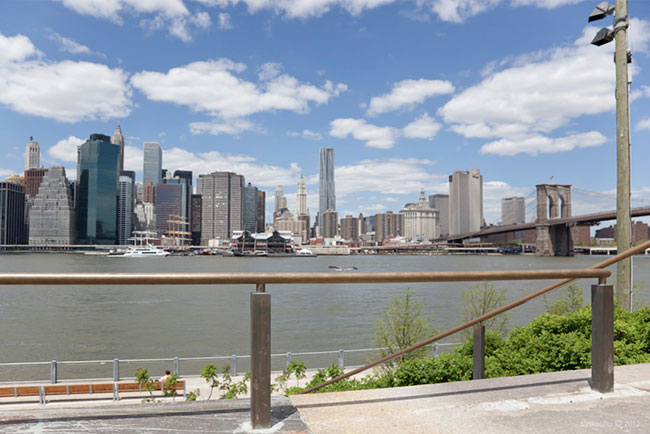
How could I not share this 30 meter collaboration wall
Artists: DOES & NASH
Location: Sittard, the Netherlands
Date: June 2012
Check out doesloveletters facebook page
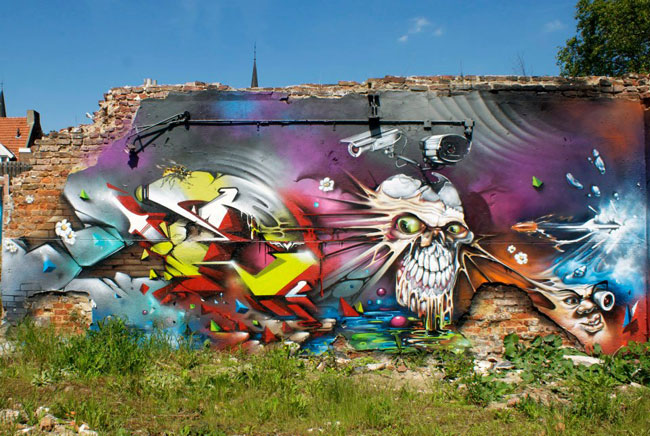
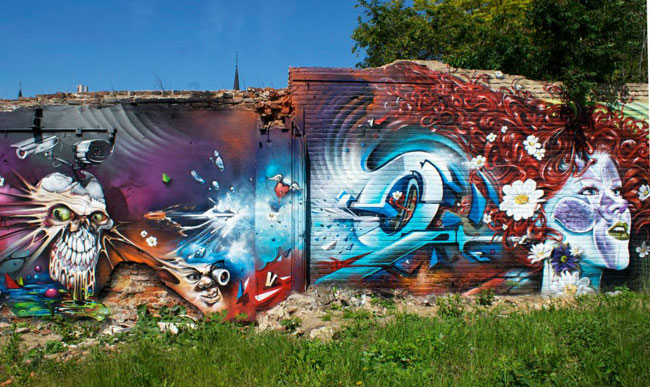
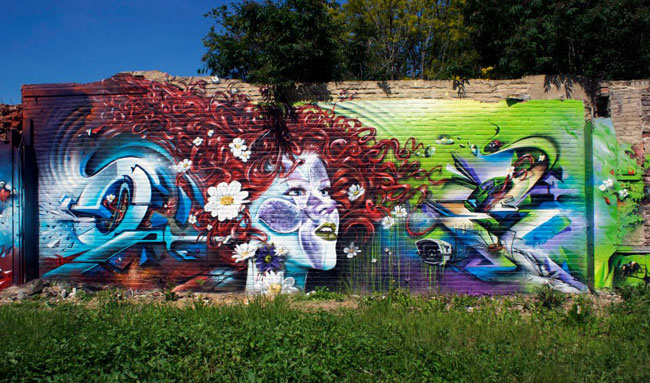
Despite the dodgy weather in what’s supposed to now be spring, some of our favourite artists haven’t been deterred and continue to get up with some excellent work appearing in recent weeks.
No one fits that description more than Art Pie favourite Conor Harrington who added this stunning portrait to the East London streets.
This piece follows on from the Irish artist’s work at the recent Wide Walls Paint Jam in Mallorca where another exquisite black and white piece was added.
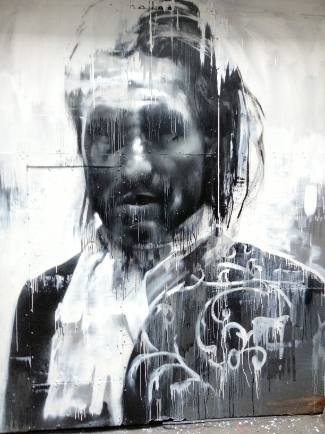
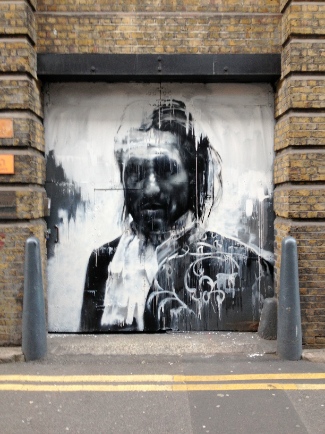
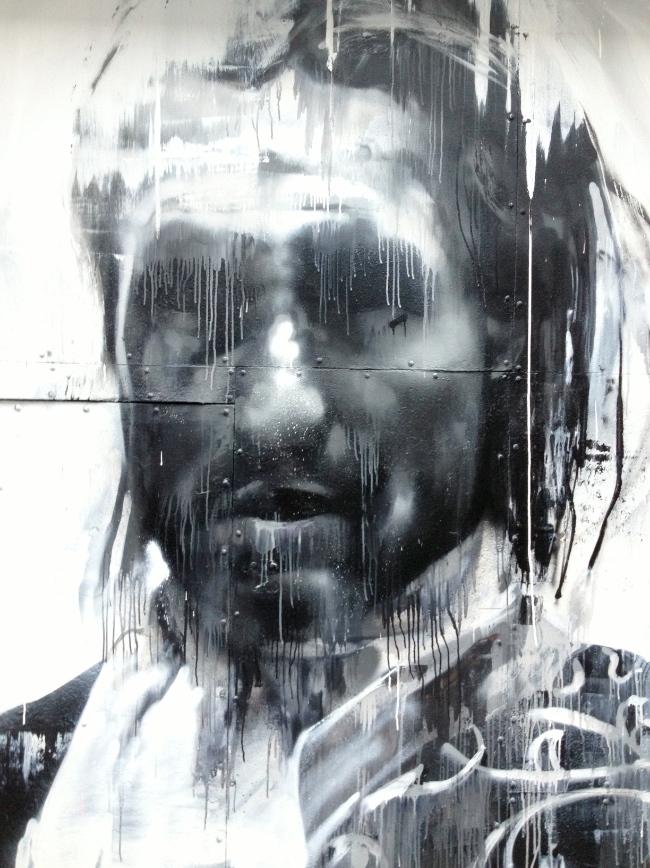
We’ll bring you a moghty artistic collaboration between Matthew White and The Dirty Toyz, 3 electrodub producers & DJ’s. The result is an eye catching work of mixed media illustration on a 150×120 board of wood.
Song “So Real” by The Dirty Toyz
Produced by Cinematic Luna. Directed, shot and edited by Luca Naddeo.
Peckham, once an area that most Londoners regarded as a no-go area, has become in recent years a hip and cultural hub in the capital.
One of the events which is conveying this message is the London Peckham Rye Music Festival. Here is Why you should go to the London Peckham Rye Music Festival.
_____
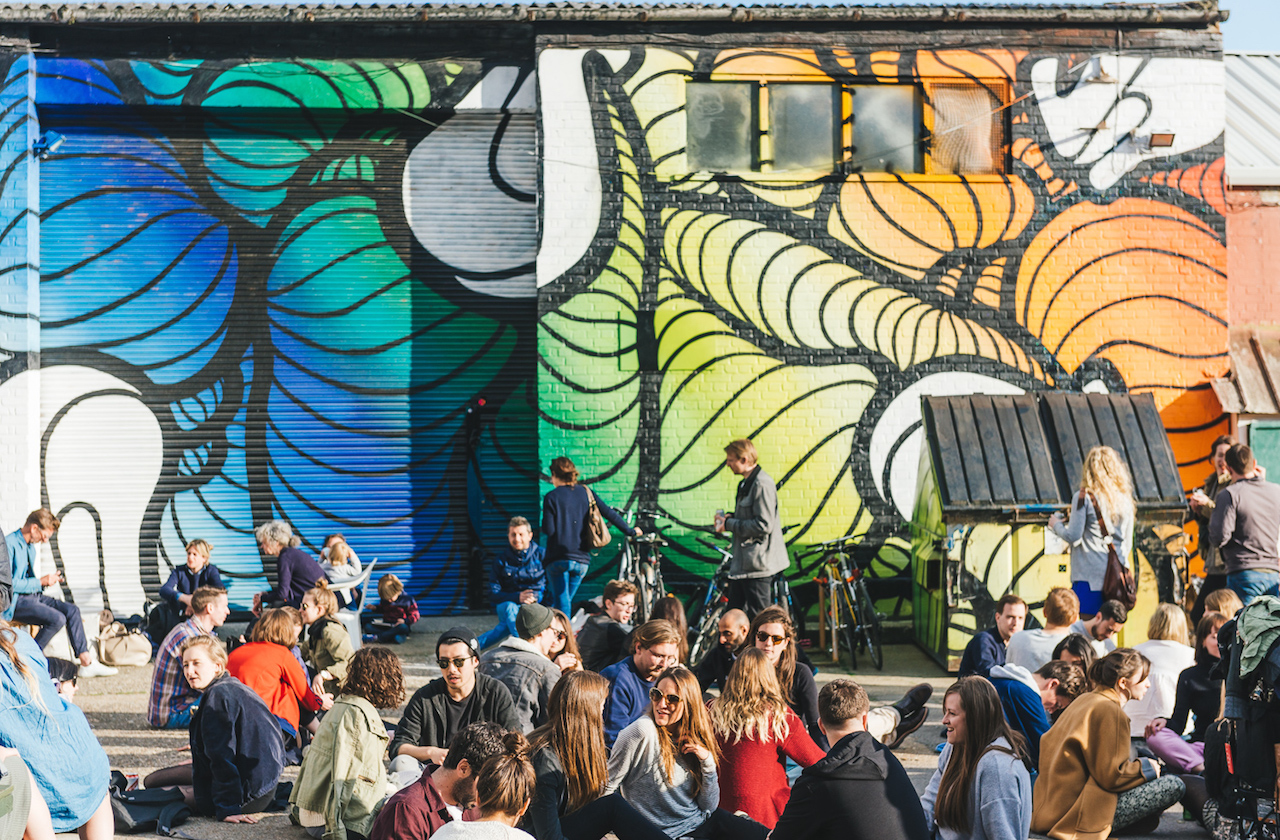
We hope we convinced you to get yourselves down to Peckham and enjoy the impressive range of music genres across another impressive number of stages.
We’ll see you there.
The sudden death of Richard Hamilton yesterday shocked a large number of people in the art world, tweets poured in and everybody agrees – it is a big loss. Some critics are convinced that he was the most influential and important painter post-war, others would defend the fact that he was the root of Pop Art.
Whatever he was, and even if he got expelled from the Royal Academy Schools in his early years on the grounds of “not profiting from the instruction”, Mr Hamilton made his mark in the dense art world and will be remembered for decades if not forever. Here is a tribute to him, here are some of his most iconic works.
Hamilton was known for his paintings, sculptures and collages. Collage is what we will be looking at first and in particular his piece entitled Just What Is It That Makes Today’s Homes So Different, So Appealing?, made in 1956 and regarded as the first statement of Pop Art.
A bodybuilder holding a lolly with the word pop on it makes the focus of this piece. This work was part of the This Is Tomorrow show held at the Whitechapel Gallery. A great artist was on route and he was going flat out.
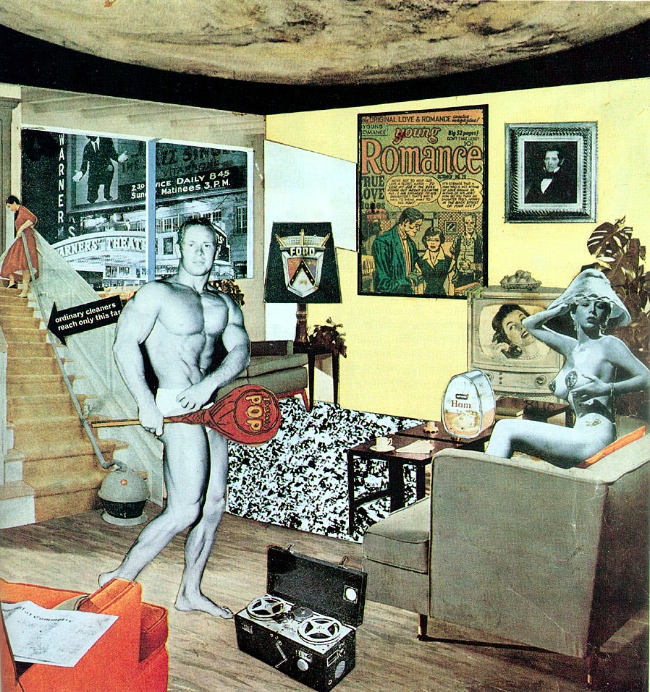
Richard Hamilton then went on getting various assignments where political views were expressed but more importantly he met Marcel Duchamp, became friend and curated the first and to date only British retrospective of Duchamp’s work that was held at The Tate in 1966.

Here is what the artists had to say about this cover: “I thought it would be appropriate to present an album that was just white. Paul was doubtful about it being completely empty so I suggested that it would be fun to number each copy so that it would have the appearance of being a limited edition. I asked how many copies the band expected to sell, and they said about eight million. I made a quick calculation that we would need seven digits.”
After meeting a series of pop artists in America in the late sixties, he moved back to his native country, the UK and in particular in Oxfordshire where he produced a series of paintings and installations where artwork and product design mixed. This period was very fruitful but has always been disregarded and undermined by the series of works he will put out there in the eighties where the focus point was the conflicts in Northern Ireland – another example of Richard Hamilton’s recurrent interest for what was going on around him during his time.
One of the major piece of this period was The citizen part of a trilogy of paintings (1981-83) shows IRA prisoner Bobby Sands portrayed as Jesus, with long flowing hair and a beard. Republican prisoners had refused to wear prison uniforms, claiming that they were political prisoners. Prison officers refused to let “the blanket protesters” use the toilets unless they wore prison uniforms. The republican prisoners refused, and instead smeared the excrement on the wall of their cells. Hamilton explained (in the catalogue to his Tate Gallery exhibition, 1992), that he saw the image of “the blanket man as a public relations contrivance of enormous efficacy.
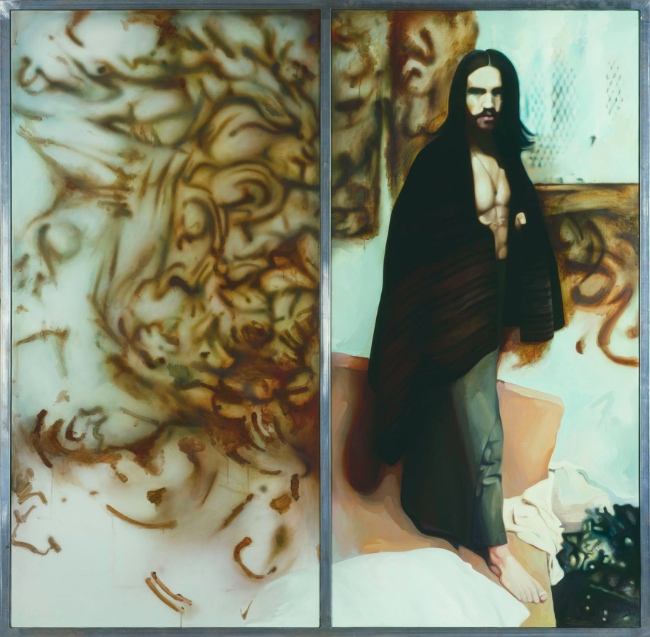
The best way to wrap up this tribute is probably to let Richard Hamilton gives us his definition of Pop Art: “popular, transient, expendable, low-cost, mass-produced, young, witty, sexy, gimmicky, glamorous, and Big Business” – stressing its everyday, commonplace values.”
Richard Hamilton was working on a major museum retrospective, let’s just hope it can be carried over and happen anyway.
R.I.P Mr Richard Hamilton (1922 – 2011)
